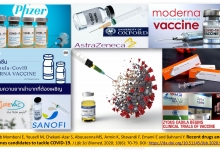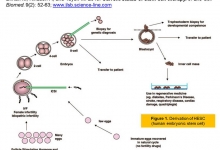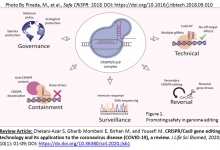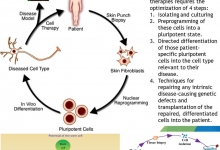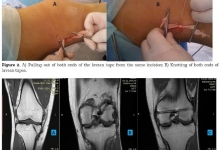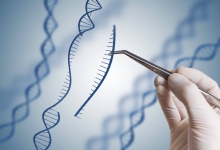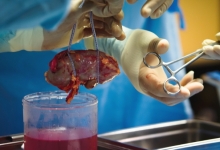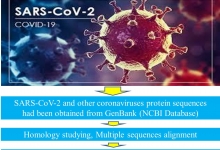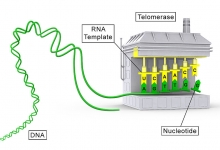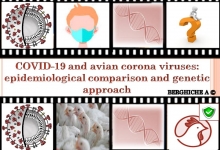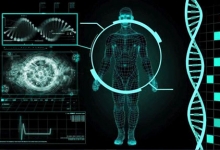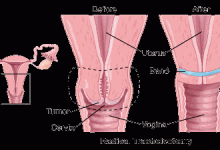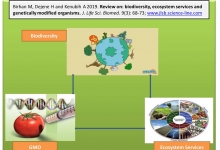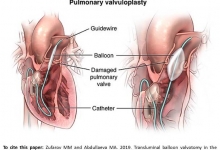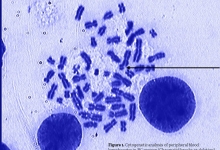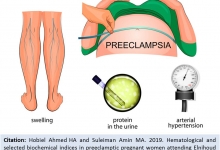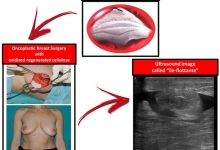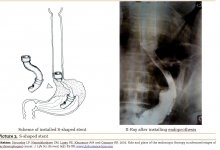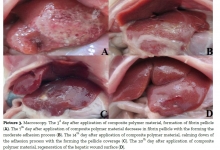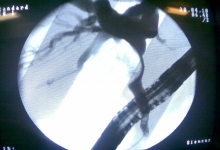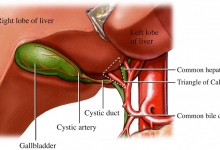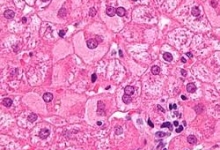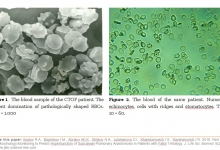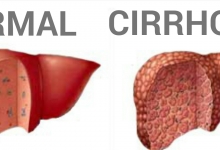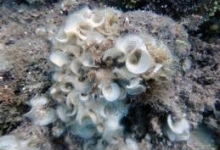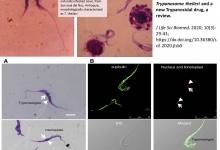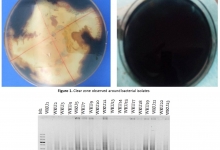Previous issue | Next issue | Archive
| Comparative analysis of treatment outcomes in chronic pancreatitis complicated by pancreatolithiasis |
Research Paper
Comparative analysis of treatment outcomes in chronic pancreatitis complicated by pancreatolithiasis
Ismailov S, and Mirolimov M.
J. Life Sci. Biomed., 15(2): 42-48, 2025; pii:S225199392500006-15
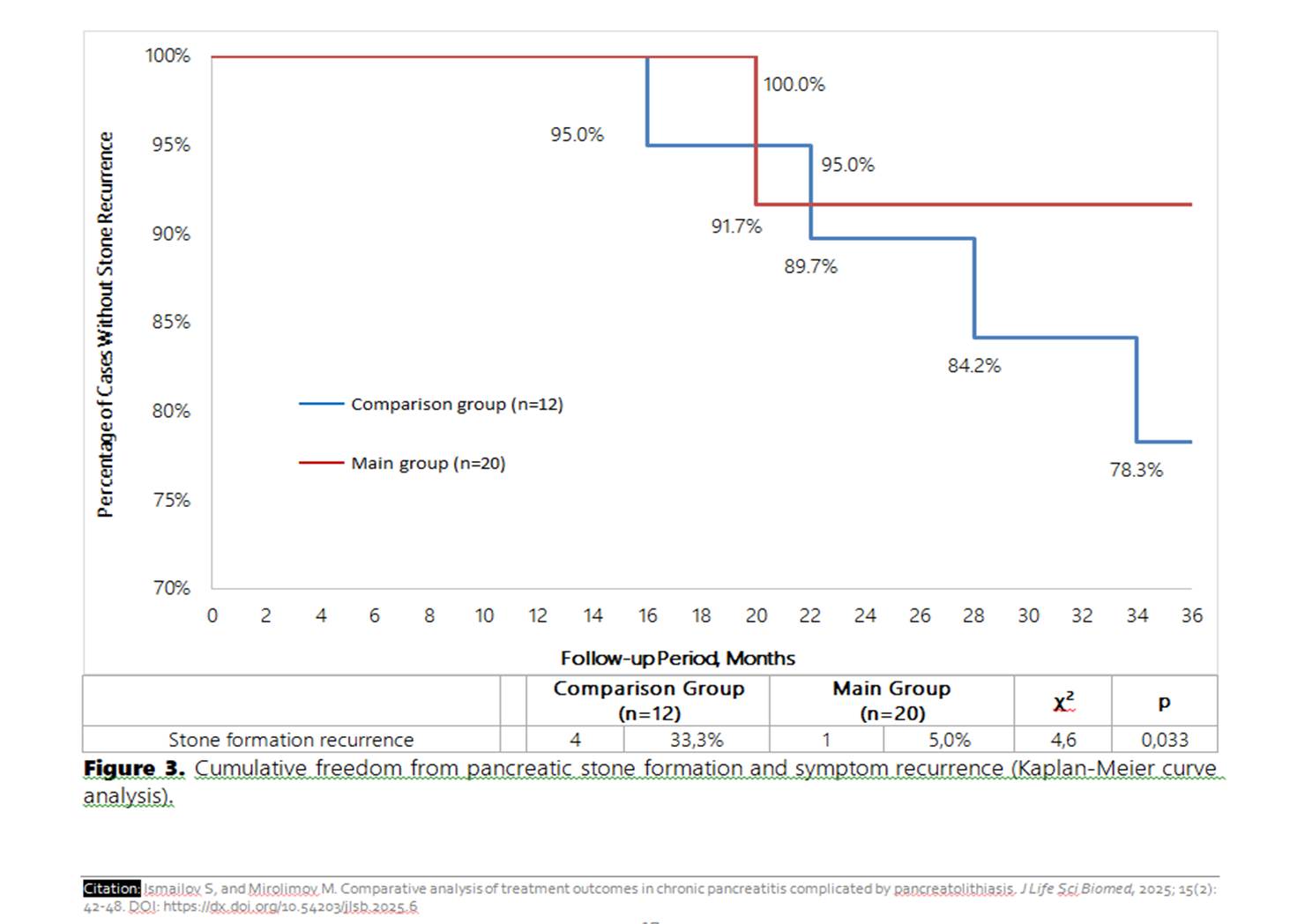 DOI: https://dx.doi.org/10.54203/jlsb.2025.6
DOI: https://dx.doi.org/10.54203/jlsb.2025.6
Abstract
To evaluate the outcomes of a modified Puestow-type pancreaticojejunostomy in patients with chronic pancreatitis complicated by pancreatolithiasis. The study included 32 patients who underwent surgical treatment for pancreatolithiasis. The main group consisted of 20 patients who received the authors' modification of the anastomosis, while the comparison group included 12 patients treated using the standard technique. Parameters assessed included operation duration, mechanical ventilation time, length of hospital stay, complication rates, and recurrence rates. Statistical analysis involved the t-test, χ² test, and Kaplan-Meier survival analysis. The results showed showed a significant reduction in operation time (113.5±6.8 vs. 134.4±5.7 minutes; p=0.025), mechanical ventilation duration (3.0±0.3 vs. 4.25±0.5 hours; p=0.04), and hospital stay (6.3±0.5 vs. 8.4±0.8 days; p=0.033) in the main group. Postoperative complications occurred less frequently, and no reinterventions were required. The recurrence rate of stone formation was reduced from 33.3% in the comparison group to 5.0% in the main group (p=0.033), with cumulative recurrence-free survival of 91.7% versus 78.3%. The modified pancreaticojejunostomy technique provides superior surgical and clinical outcomes in pancreatolithiasis, significantly reducing the risk of recurrence and complications. The study recommended that the modified technique should be considered the preferred surgical option for patients with chronic pancreatitis and pancreatolithiasis.
Keywords: Chronic pancreatitis, pancreatolithiasis, pancreaticojejunostomy, Puestow modification, stone recurrence.
[Full text-PDF] [ePub] [Export citation from ePrint] [How to Cite]
| Cellular and Molecular mechanisms for invasion, growth and pathogenesis of Plasmodium species in human |
Review
Cellular and Molecular mechanisms for invasion, growth and pathogenesis of Plasmodium species in human
Woldegerima E, Getachew F, Misganaw M, Belete D, Aemiro M, Sisay T, Berhane N.
J. Life Sci. Biomed., 14(2): 49-61, 2025; pii:S225199392500007-15
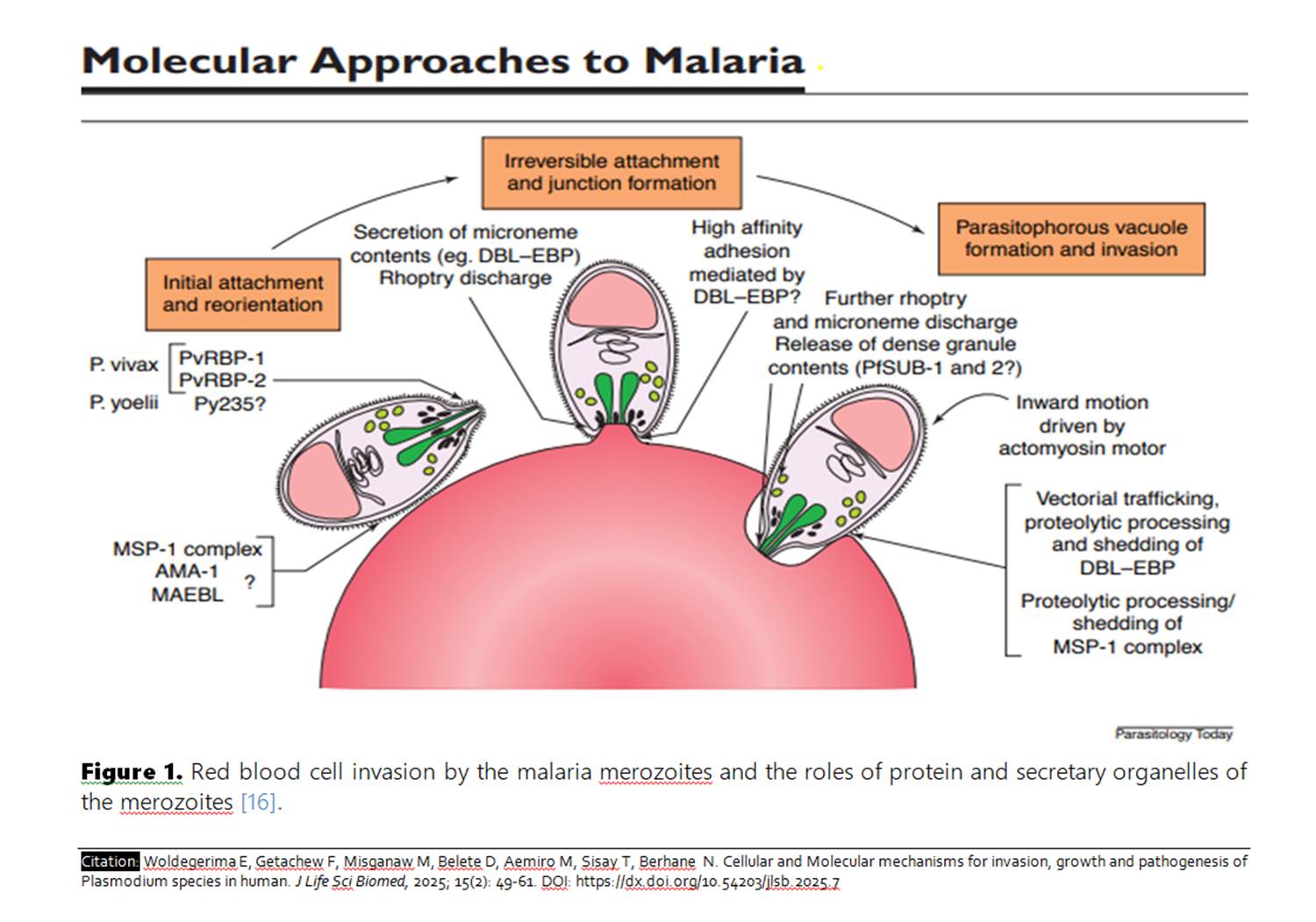 DOI: https://dx.doi.org/10.54203/jlsb.2025.7
DOI: https://dx.doi.org/10.54203/jlsb.2025.7
Abstract
Malaria is a disease of humans caused by protozoan parasites of the genus Plasmodium with a complex life cycle. Invasion is initiated when merozoites invade circulating erythrocytes. Many proteins, parasite ligands, and host receptors are involved in signaling and erythrocyte membrane fusion. The tight junction and formation of the parasitophorous vacuole membrane must fuse to seal the invasion process. The development of intracellular parasites in conjunction with human evolution has resulted in the establishment of intricate molecular contacts between the parasite and the host cell. These interactions serve the purpose of invading host cells, facilitating migration across different tissues, evading the host immune system, and undergoing intracellular replication. The occurrence of cellular migration and invasion events is crucial for both growth and the development of disease pathogenesis. To review literature written on cellular and molecular mechanisms for invasion, growth, and pathogenesis of Plasmodium species in humans. Literature written on cellular and molecular mechanisms for invasion, growth, and pathogenesis of Plasmodium species in humans was systematically reviewed from 2000–2021 years on Google Scholar sources, Pub Med, and Medline. The key words used to search were erythrocyte, growth, invasion, malaria, and molecular mechanism Pathogenesis, Plasmodium, Red Blood Cell, and Host-parasite Interaction. Malaria is a major health problem caused by protozoan parasites of the genus Plasmodium, whose obligate intracellular life cycle is complex. They use molecular mechanisms to gain access to the host cell and multiply; their apical organelles integrate secretary functions. These secretary organelles, which are proteins in nature, are responsible for successful attachment, reorientation, and invasion of host cells and use Hgb as a nutrient for growth and development. Hgb degradation occurs in an acidic digestive vacuole. During growth, three morphologically distinct phases are observed, and pathogenesis is due to several mechanisms, such as the production of toxins, the sequestration of infected RBC in different organs, the production of inflammatory mediators by the innate and adaptive immune responses, and the hemolysis of RBC. This review was an overview of the molecular and cellular mechanisms for invasion, growth, and pathogenesis of Plasmodium parasites in various aspects of parasite biology and host cell tropism and indicated opportunities for malaria control and the development of an effective vaccine.
Keywords: Cellular, Molecular, invasion, growth, pathogenesis, Plasmodium
[Full text-PDF] [ePub] [Export citation from ePrint] [How to Cite]
Previous issue | Next issue | Archive
![]() This work is licensed under a Creative Commons Attribution 4.0 International License (CC BY 4.0)
This work is licensed under a Creative Commons Attribution 4.0 International License (CC BY 4.0)

